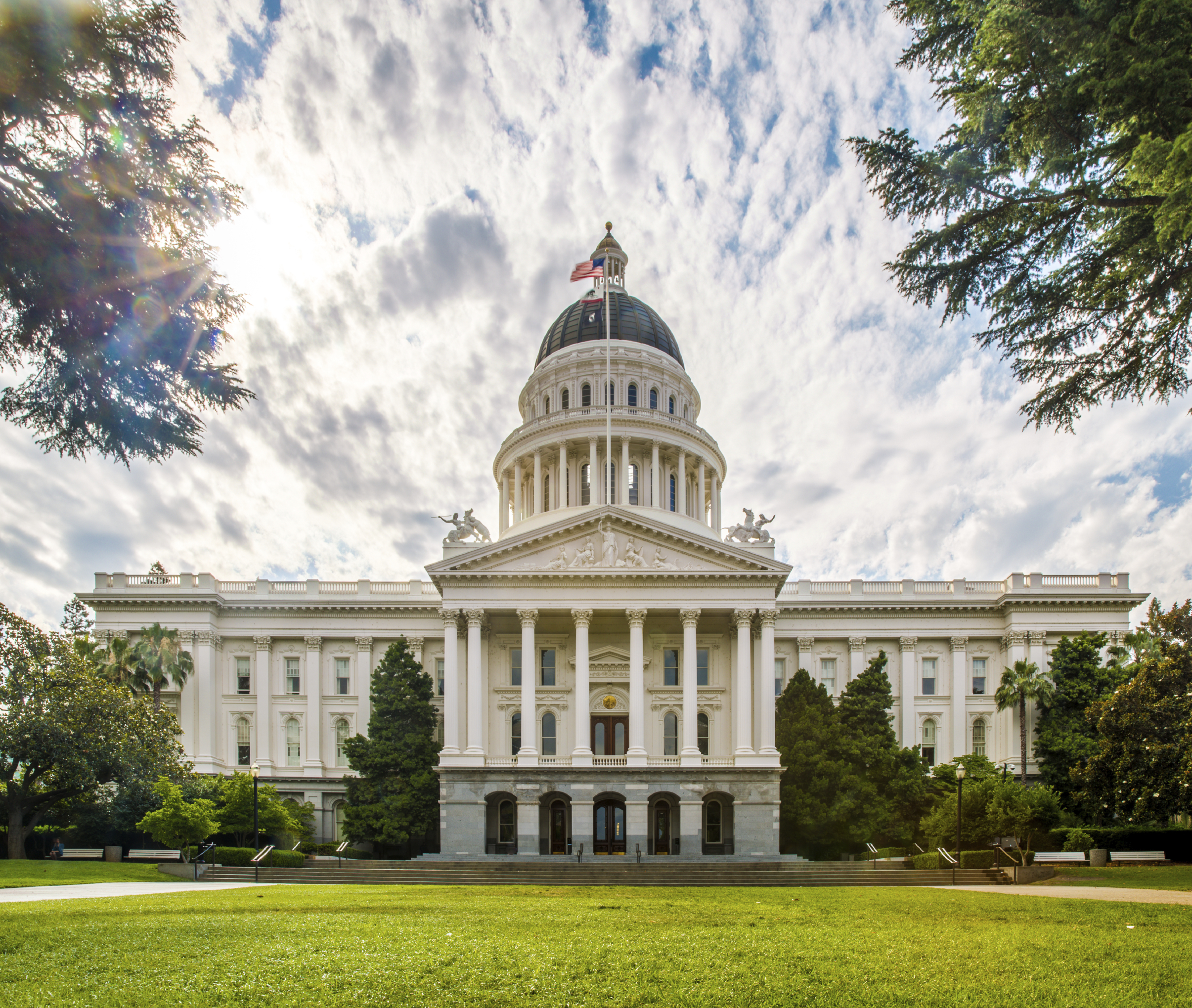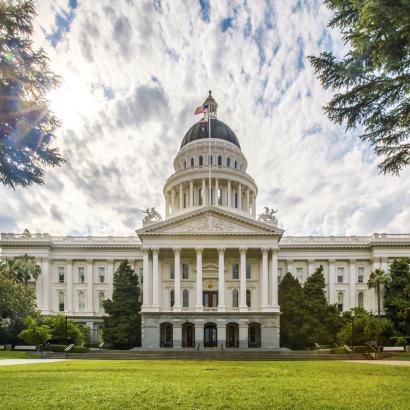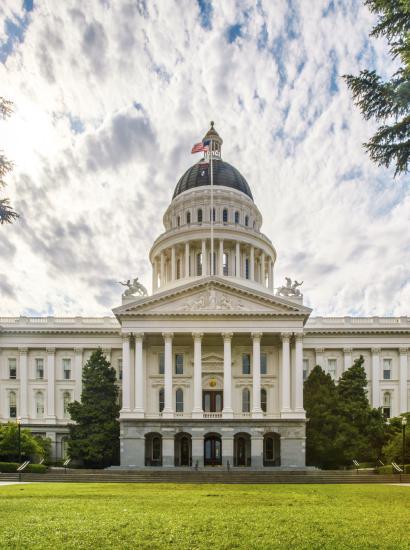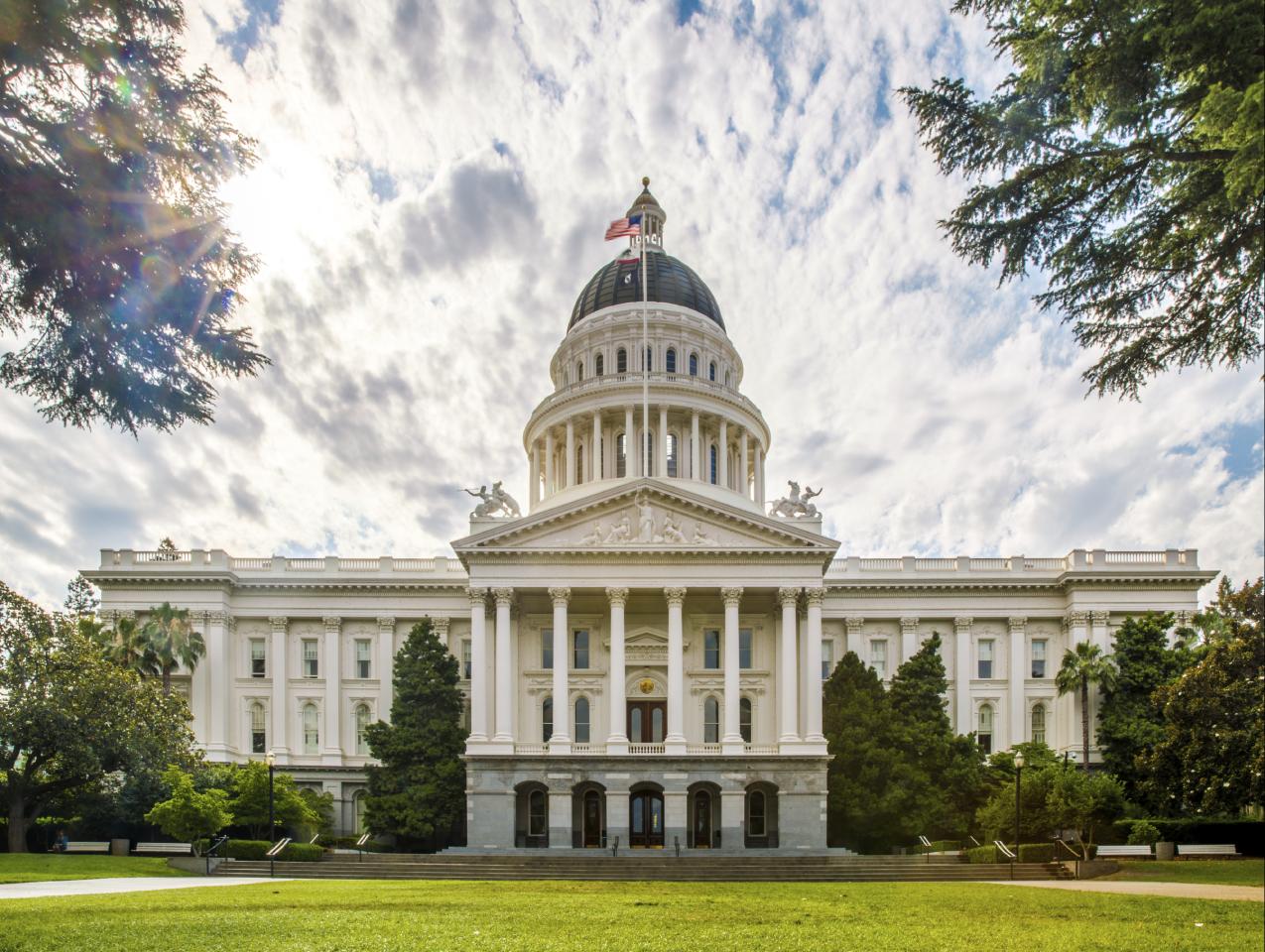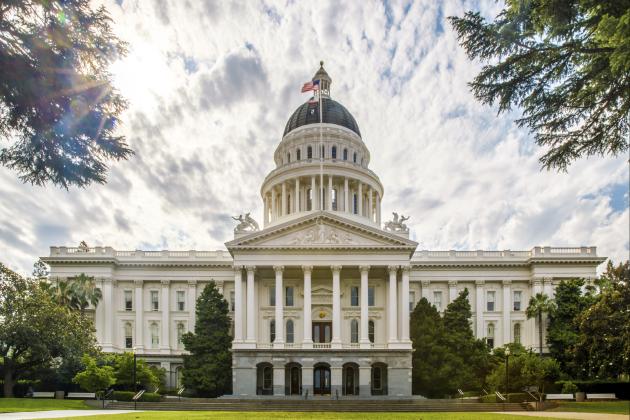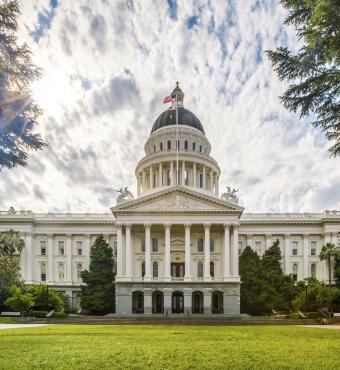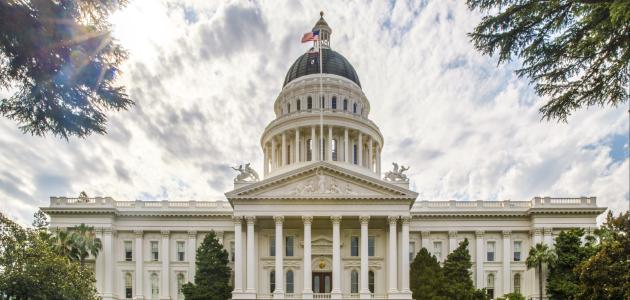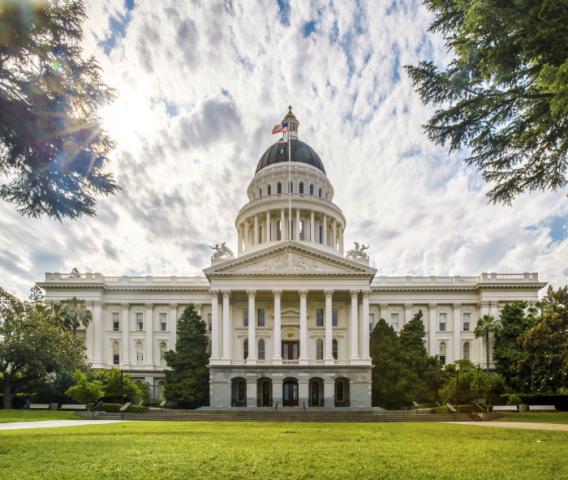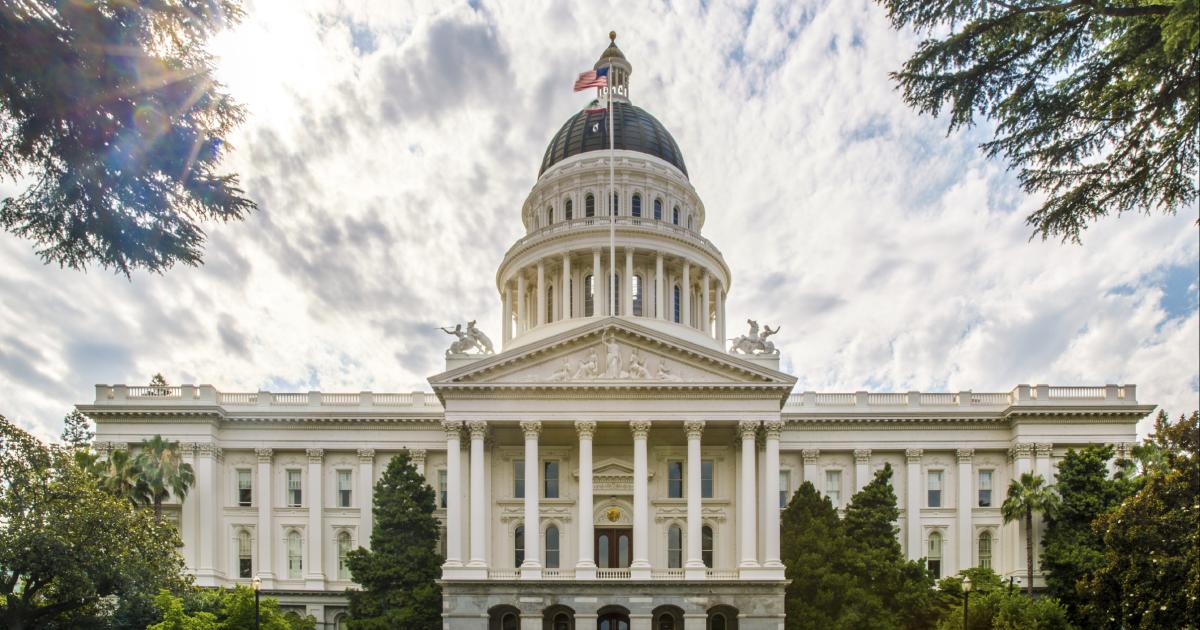- Politics, Institutions, and Public Opinion
- State & Local
- California
To get a sense of California zeitgeist in this election, hop in a car (for now, forget about high-speed rail) and start driving due east from San Jose—away from Silicon Valley, into the Central Valley and California’s 12th State Senate District.
Why SD 12?
Because of the following contrasts.
Unlike its wealthier, futuristic neighbors to the west, Senate District 12 trades in fashionable high-tech for old-fashioned agriculture. Apps and chips aren’t on the menu in this six-county expanse. Try instead grapes, pistachios, and cattle, to name but a few local commodities.
Though the Central Valley evokes thoughts of a more culturally conservative expanse of California (of eighty-five AM radio stations within listening range of the district, nearly two dozen have a religious motif), check out the last presidential vote in SD 12: Hillary Clinton beat Donald Trump by twenty points—a testament to the district’s unique makeup (less than 26 percent white, almost 65 percent Latino).
It’s part of an ominous political trend, as far as Republicans are concerned. In the last State Senate vote in 2014, Democrats enjoyed a fourteen-point advantage in voter registration. Four years later, the gap has grown another five points.
As such, it makes for this oddity in California’s 2018 election: in a state of 40 million residents, the 340,000 registered voters in the 12th State Senate District hold enormous sway over what transpires in the near term in the state capitol.
Allow me to explain:
At present, California’s State Senate consists of twenty-six Democrats and fourteen Republicans. SD 12, currently represented by the termed-out GOP state senator Anthony Cannella, gives the Democrats a shot at a twenty-seventh seat in the chamber.
What’s so special about a twenty-seventh seat? It means a two-thirds supermajority for the first time in two years (Democrats achieved supermajorities in both houses of the California legislature in 2012, lost them in 2014, regained them in 2016, then lost them again when several Democrats resigned amid accusations of sexual harassment).
And with two-thirds control of a California legislative chamber comes the ability to raise taxes, suspend legislative rules, pass emergency legislation, and override gubernatorial vetoes (that hasn’t happened in nearly forty years)—all without needing a single Republican vote.
Thus SD 12 has become a high-stakes showdown for absolute control of one legislative chamber.
And it provides a window into a few other California issues:
Party strength. Regardless of who wins, it won’t be because either party was asleep at the switch. At last count, Democrats had spent about $1.1 million; Republicans were closing in on $2 million.
Partisan intensity — who decided to show up to vote— is what intrigues.
In June’s open primary (the top two finishers advancing to November regardless of party affiliation), Democrat Anna Caballero received nearly 47,000 votes—good enough for almost 43.3 percent of the total primary vote. Runner-up Rob Poythress received 28,500 votes, and the third-place Republican another 24,000. That adds up to a little over 52,500 votes for the two Republicans, while the first- and fourth-place Democrats earned about 56,700 votes.
As cited earlier, Democrats already enjoy a healthy lead in voter registration (46 percent, compared to 27 percent for Republicans). It’s the GOP’s ability, or lack thereof, to make huge inroads into the district’s 24 percent independent bloc (in California parlance, “no party preference”) that will decide matters.
High speed rail. One way for a Republican candidate to make inroads: by revisiting California’s complicated experiment with high-speed rail—the ambitious plan to link California’s major cities, with the Central Valley serving as the system’s backbone.
Caballero supports the plan—not a surprise, as she’s a Democratic assemblywoman and high-speed rail is a favorite of Gov. Jerry Brown (the governor sees rail construction as one way to address California’s affordable housing woes).
Poythress, a farmer/businessman and Madera County supervisor, opposes it.
The candidates have other differences: Caballero supports immigration state-sanctuary policy and Poythress doesn’t; Poythress supports Proposition 6 and the repeal of 2017’s gasoline-tax increase, while Caballero voted for the law (SB 1) that made the increase possible.
Still, keep an eye on high-speed rail, as its proposed route cuts through the district. Supporters of Proposition 6 have suggested a 2020 ballot measure to kill high-speed rail, with the proceeds going to infrastructure spending.
If Proposition 6 does well in SD 12, perhaps it’s a sign that high-speed rail will be in peril two years from now.
The 2019 agenda. Getting back to the concept of a Democratic supermajority: is it as important as it would seem on paper?
The answer: yes and no.
Lt. Gov. Gavin Newsom, most likely Brown’s successor, has pledged to implement single-payer health care. That’ll require a tax increase (perhaps that is why Newsom is trying to leave himself wiggle room).
But that’s assuming the Democratic supermajority is a united front, which it never is.
Take, for example, 2017’s gas-tax increase. It happened only because one Republican—ironically, retiring State Sen. Anthony Cannella—crossed the aisle. Democrats needed that vote because the caucus had lost one of its own. That would be State Sen. Steve Glazer, in a past life Gov. Brown’s campaign manager (the defection cost Glazer his post as chair of the Senate Governmental Organization Committee).
Over on the Assembly side, Democrats look to swell their ranks to fifty-six seats in this election, two more than what’s needed for a supermajority. But Assembly life is complicated by the so-called mod squad—moderate Democrats who are more pro-business than their liberal colleagues.
Yes, the SD 12 race matters in terms of the balance of power. But it also carries a psychological charge: a needed moral victory for California Republicans or further proof of the Democratic grip on golden state politics.
That’s saying a lot, for a district that’s off the coastal beaten path.







